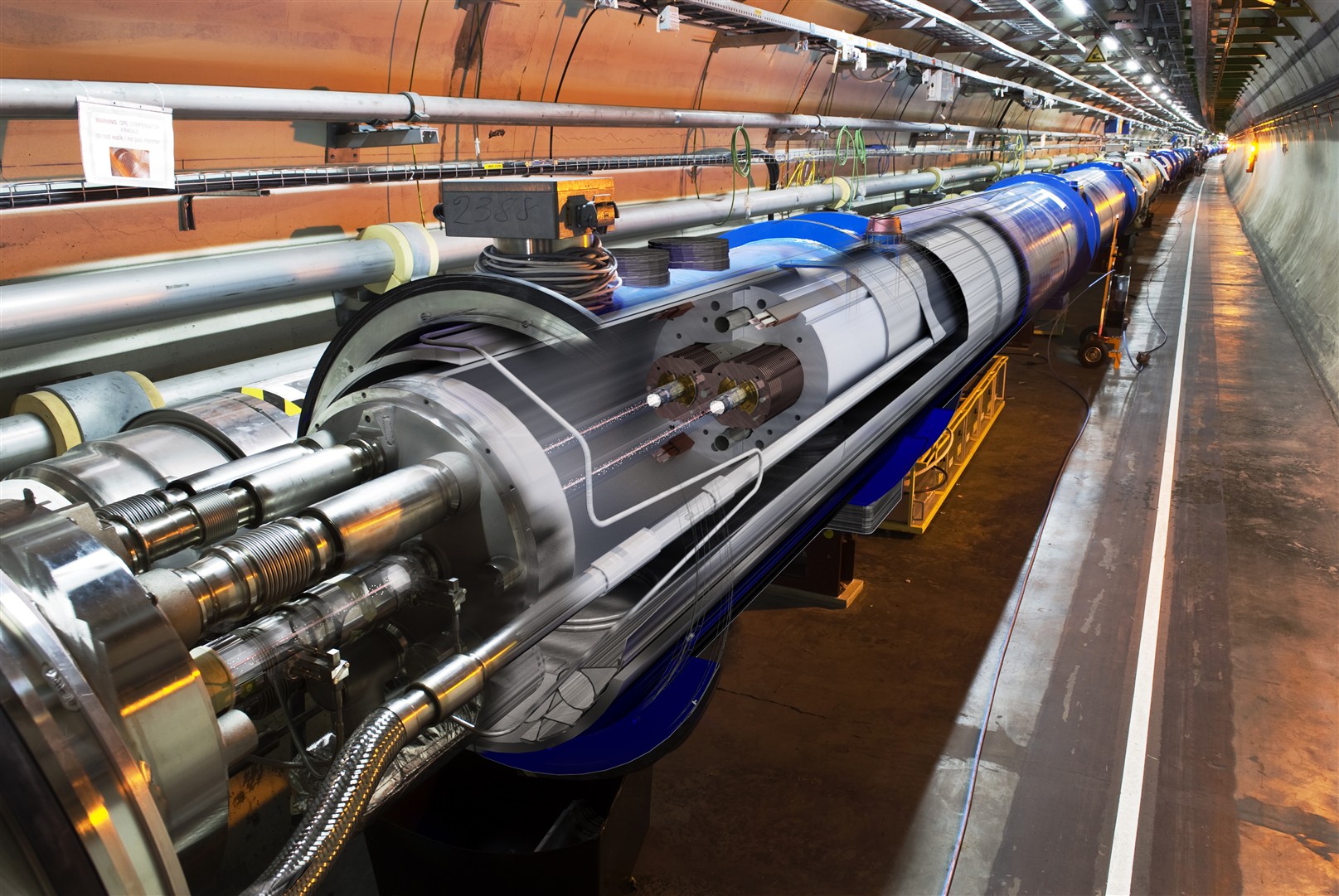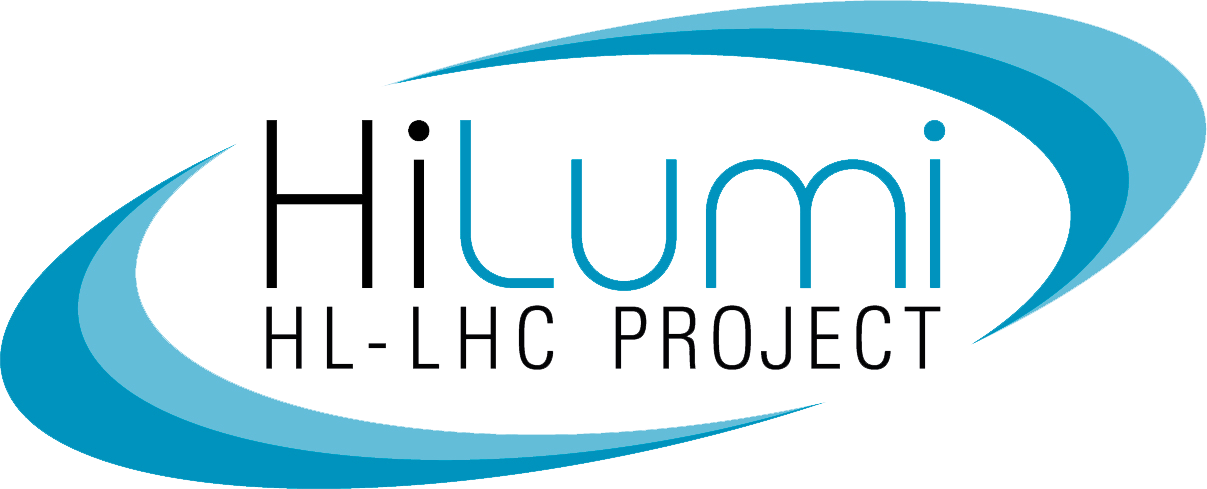The Large Hadron Collider (LHC) was successfully commissioned in 2010 for proton–proton collisions with a 7 TeV centre-of-mass energy. It delivered 8 TeV centre-of-mass proton collisions from April 2012 until the end of Run 1 in 2013. Following a long technical stop in 2013-2014, it operated with 13 TeV centre-of-mass proton collisions during Run 2 from 2015 onwards.
It is a remarkable era for cosmology, astrophysics and high energy physics (HEP) and the LHC is at the forefront of attempts to understand the fundamental nature of the universe. The discovery of the Higgs boson in 2012 is undoubtedly a major milestone in the history of science. Beyond this, the LHC has the potential to go on and help answer some of the key questions of the age: the existence, or not, of supersymmetry; the nature of dark matter; the existence of extra dimensions. It is also important to continue to study the properties of the Higgs – here the LHC is well placed to do this in exquisite detail.
Thanks to the LHC, Europe has decisively regained world leadership in high energy physics, a key sector of knowledge and technology development. The LHC can continue to act as catalyst for a global effort unrivalled by any other branch of science: out of the 11 000 CERN users, more than 7000 are scientists and engineers using the LHC, half of which are from countries outside the EU.

The LHC will remain the most powerful accelerator in the world for at least the next two decades. Its full exploitation is the highest priority of the European Strategy for particle physics. This strategy has been adopted by the CERN Council, and is a reference point for the Particle Physics Strategy of the US and, to a certain extent, Japan. To extend its discovery potential, the LHC will need a major upgrade in the 2020s to extend its operability by another decade and to increase its luminosity (and thus collision rate) by a factor of five beyond its design value. The integrated luminosity design goal is an increase by a factor of ten. As a highly complex machine, such an upgrade must be carefully studied. The necessary developments require about 10 years to prototype, test and realize new equipment. The novel machine configuration, the High Luminosity LHC (HL-LHC), will rely on a number of key innovative technologies representing exceptional technological challenges. These include among others: cutting-edge 11–12 T superconducting magnets; very compact superconducting cavities for beam rotation with ultra-precise phase control; new technology for beam collimation; and high-power superconducting links with almost zero energy dissipation.
HL-LHC federates the efforts and R&D of a large international community towards the ambitious HL-LHC objectives and contributes to establishing the European Research Area (ERA) as a focal point of global research cooperation and leadership in frontier knowledge and technologies. HL-LHC relies on strong participation from various partners, in particular from leading US and Japanese laboratories. This participation will be required for the execution of the construction phase as a global project. In particular, the US LHC Accelerator R&D Program (LARP) has developed some of the key technologies for the HL-LHC, such as the large-aperture niobium–tin (Nb3Sn) quadrupoles and the crab cavities. The proposed governance model is being modified and is now tailored to support the construction phase that starts at the end of the Design Study.
The importance of the LHC luminosity upgrade for the future of High Energy Physics has been also recently re-affirmed by the May 2014 recommendation by the Particle Physics Project Prioritization Panel (P5) to the High Energy Physics Advisory Panel (HEPAP) which in turn advises the US Department of Energy (DOE). The recommendation, a critical step in updating the USA strategy for HEP, states the following: “Recommendation 10: … The LHC upgrades constitute our highest-priority near-term large project.”
In Japan, the 2012 report of a subcommittee in the HEP community concluded that an e+e- linear collider and a large scale neutrino detector be the core projects in Japan, with the assumption that the LHC and its upgrade are pursued de facto. The updated KEK roadmap in 2013 states that “The main agenda at LHC/ATLAS is to continually participate in the experiment and to take a proactive initiative in upgrade programs within the international collaboration at both the accelerator and detector facilities.”
Following these supports, the ATLAS-Japan group has been making intensive R&D’s on the detector upgrades and the KEK cryogenic group has started the R&D of the LHC separation dipole magnet.
In this context, at the end of 2010 CERN instituted the High Luminosity LHC (HL-LHC) project. Started as a design study, and after the approval of CERN Council of 30 May 2013 and the insertion of the budget in the CERN Medium Term Plan approved by Council in June 2014, HL-LHC has become the CERN’s major construction project for the next decade.
The main objective of the High Luminosity LHC design study is to determine a set of beam parameters and the hardware configuration that will enable the LHC to reach the following targets:
- A peak luminosity of 5×1034 cm-2 s-1 with levelling, allowing:
- An integrated luminosity of 250 fb-1 per year with the goal of 3000 fb-1 in about a dozen years after the upgrade. This integrated luminosity is about ten times the expected luminosity reach of the first twelve years of the LHC lifetime.
The overarching goals are the installation of the main hardware for HL-LHC and the commissioning of the new machine configuration during LS3, scheduled for 2024-2025, while taking all actions to assure a high efficiency in operation until 2035.
In 2013 the release of an updated long-term LHC schedule led to the concept of an enhanced annual integrated luminosity goal. If the target performance of 3000 fb-1 is be reached by around 2035, as inferred by the European Strategy Update, the nominal goal of 250 fb-1/year as fixed above is probably no longer adequate with the reduction in running time implied by the new schedule. However, since all equipment is being designed with a margin of 50% with regard to the luminosity reach, the concept of ultimate parameters has been defined. By exploiting the margins one should be able to push the HL-LHC machine performance to an ultimate levelled luminosity of about 7-7.5 1034 cm-2 s-1. This would imply an increase in the pile-up (number of events in the same bunch crossing) in the general purpose detectors to up to 200. The increased luminosity level should allow the delivery of 300-350 fb-1/year. In terms of total integrated luminosity, an ultimate value of about 4000 fb-1 is defined. It must be said that while at a first sight there are no show-stoppers to these enhanced performance levels, the ultimate parameters have not been considered in the same depth as the nominal parameters. Therefore, they will be thoroughly scrutinized for the next version of the technical design report.
All the hadron colliders in the world before the LHC have produced a combined total integrated luminosity of about 10 fb-1. The LHC delivered nearly 30 fb-1 by the end of 2012 and should reach 300 fb-1 in its first 13-15 years of operation. The High Luminosity LHC is a major, extremely challenging, upgrade. For its successful realization, a number of key novel technologies have to be developed, validated and integrated. The work was initiated quite early: ideas were circulating at the beginning of the LHC construction and continued throughout the LHC construction. From 2003 the U.S. LARP has been the main and continuous motor for technological development devoted to the LHC upgrade. After a period during which the upgrade was conceived in two phases, all studies were unified in 2010 under the newly formed High Luminosity Project. The first step consisted in launching a Design Study under the auspices of EC-FP7 with the nickname of HiLumi LHC, which following the approval by EC in 2011, has been instrumental in initiating a new global collaboration for the LHC matching the spirit of the worldwide user community of the LHC experiments.
The High Luminosity LHC project is working in close collaboration with the CERN project for the LHC Injector complex Upgrade (LIU), the companion ATLAS and CMS upgrade projects of 2019-20 and 2024-25 and the upgrade foreseen in 2019-20 for both LHCb and ALICE.
